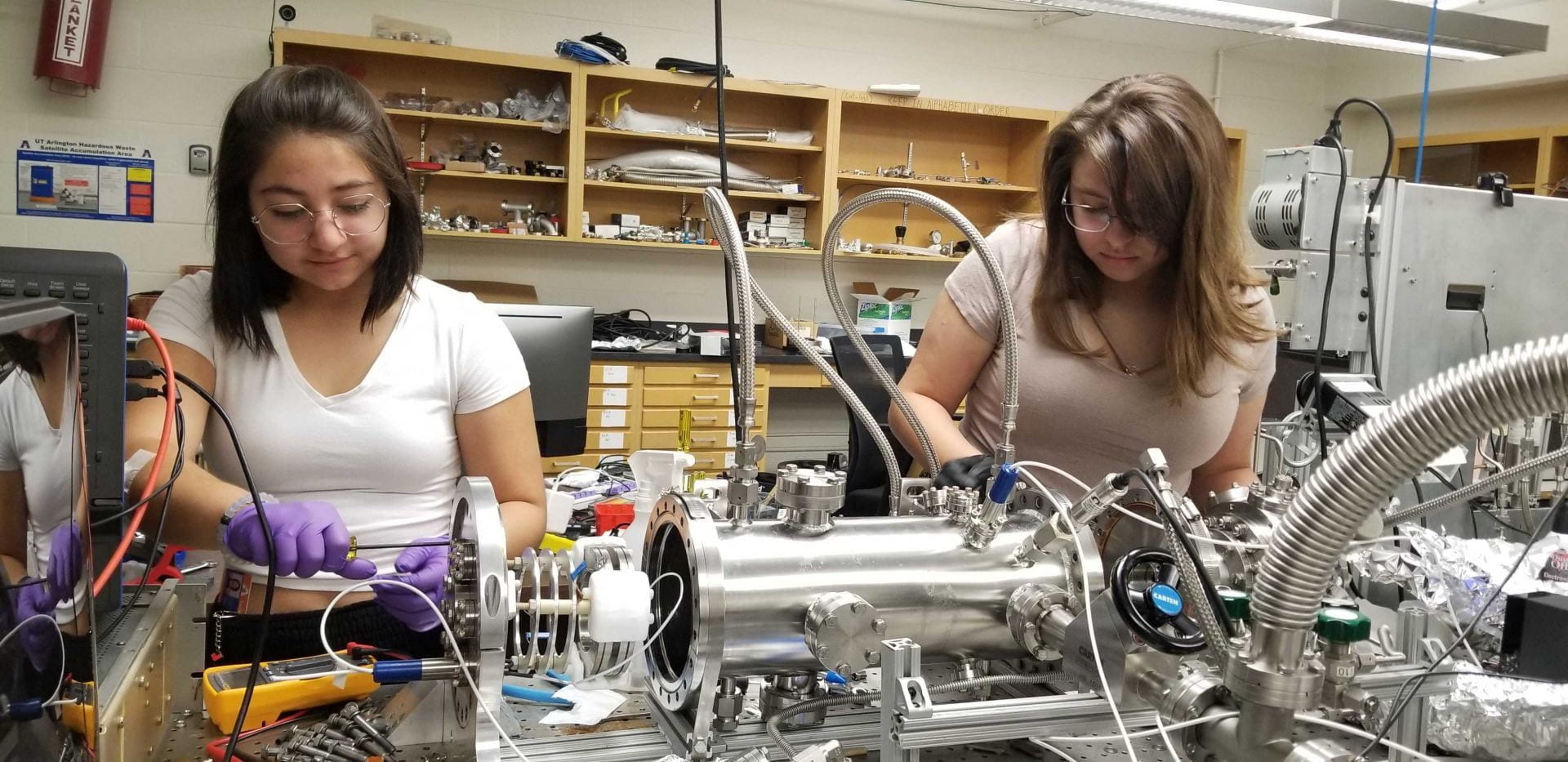
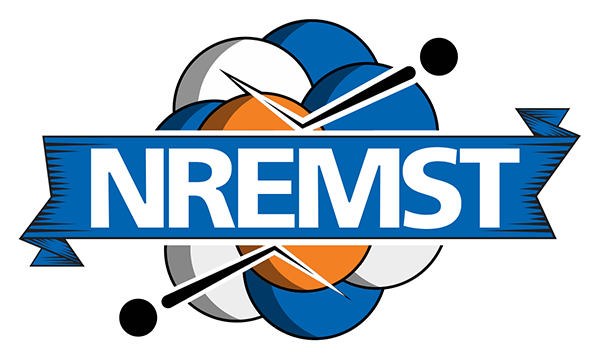
UTA’s Nuclear Research Experiences for MSI Students in Texas (NREMST) supports three to four undergraduate interns per year in a Department of Energy funded program to expand participation and expose more students to particle and nuclear physics opportunities. Explore our pages to learn more about the Physics and the Program.
Application review will begin February 28 and continue until all positions are filled.
The Physics
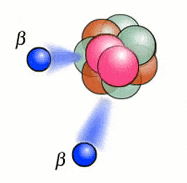
Nuclear physics is the study of the behavior of the atomic nucleus, and the ways this behavior influences the Universe we live in. In addition to its most obvious applications in nuclear power and nuclear defense, nuclear physics has been an enabling force in fields as diverse as nuclear medicine, archaeology, precision measurement and astrophysics.
In addition to creating new technologies, nuclear physics researchers today are engaged in answering a range of fundamental questions about matter and the Universe, using the nucleus as a laboratory to conduct experiments.
At the University of Texas at Arlington, we study the radioactive decays of a nucleus of a specific isotope of xenon with atomic mass 136. This nucleus is one of a handful hypothesized to decay through a unique process called neutrinoless double beta decay. Most radioactive beta decays emit one electron and neutrino – a super light, very weakly interacting particle that escapes from the detector and can pass right through the Earth without interacting with it.
Neutrinoless double beta decay would be a different sort of process, involving emission of two electrons and no neutrinos in the final state. Observing this decay is extremely experimentally challenging, but success would have major implications. A definitive observation would prove the neutrinos to be their own anti-particles and offer a path toward explaining the abundance of matter in the Universe. It would also offer a window through which to view the ultimate theory of nature, valid at higher energies than the existing standard model of particle physics. And it would almost certainly win its observer a Nobel Prize.
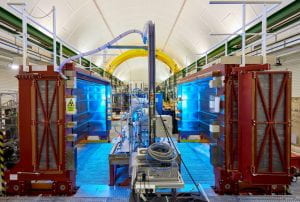
At UTA we run the US part of the NEXT collaboration, one of the worlds major experimental programs searching for neutrinoless double beta decay. Our team is seeking three to four undergraduate researchers to work with us on research internships which will begin in Summer 2024 and may extend for up to two years. Students working with us on internships will join one of our running research activities, working closely with a graduate student or postdoctoral mentor to develop technologies intended so determine the nature of the neutrino. The most important thing you need in order to work with us is enthusiasm to know more tomorrow than you know today. We’ll teach you the rest.
You can learn much more about our research team and our ongoing research projects on our group website.
The Program
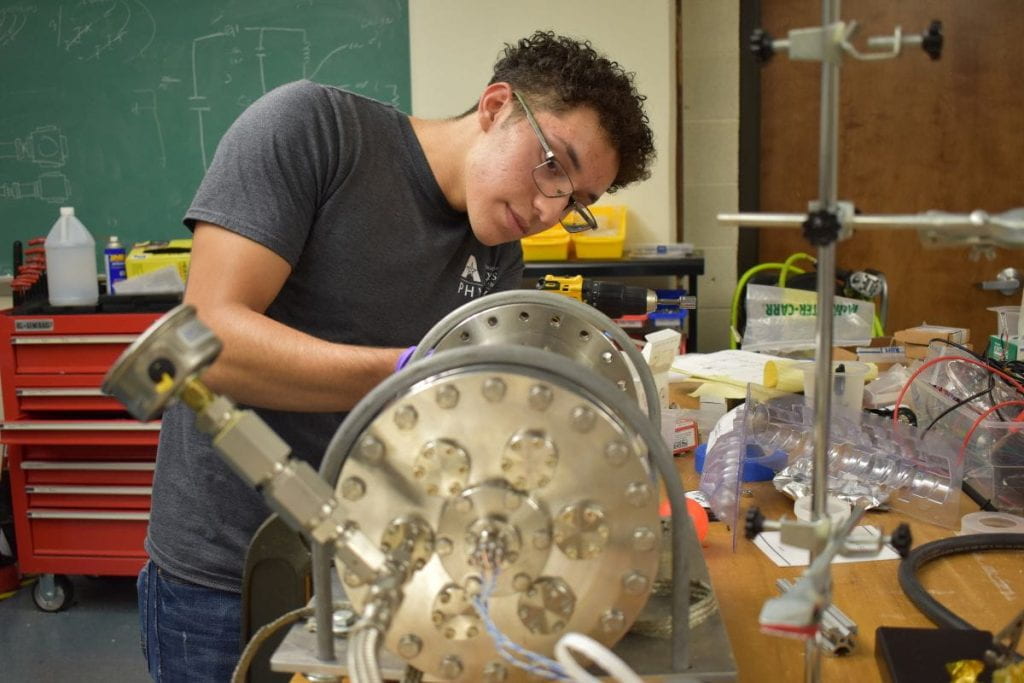
This internship program supports three to four undergraduate interns per year.
Interns will work on campus in our laboratories for up to 10 weeks in the Summer, and if they enjoy their work, have the opportunity to return for a second summer and / or continue to collaborate remotely during the teaching semester. During the Spring semester, interns may also opt to complete an online preparatory course to learn basic skills for their research work including python programming and microcontroller development. All aspects of the internship including preparatory courses and remote collaborative work are compensated at a rate of $17/hour.
Covered by the program are:
- A stipend of $17/hr for up to 40 hours per week over the Summer, and up to 10 hours per week during the semesters
- Housing in UTA dorms
- Travel costs to and from UTA for the Summer from anywhere in Texas, including one optional trip back home for a break in the middle of the internship.
- Support for travel to present results of research work at a conference when they are sufficiently advanced
Students who are selected will be assigned a junior mentor, a graduate student or postdoctoral researcher in our research team; a peer mentor, who is an undergraduate researcher from UTA who has worked with us for 6 months or more and can help with the basics; and a senior mentor, one of UTA’s world-leading faculty members who work on neutrinoless double beta decay experiments.
Read about our 2022 trainees research experiences here.
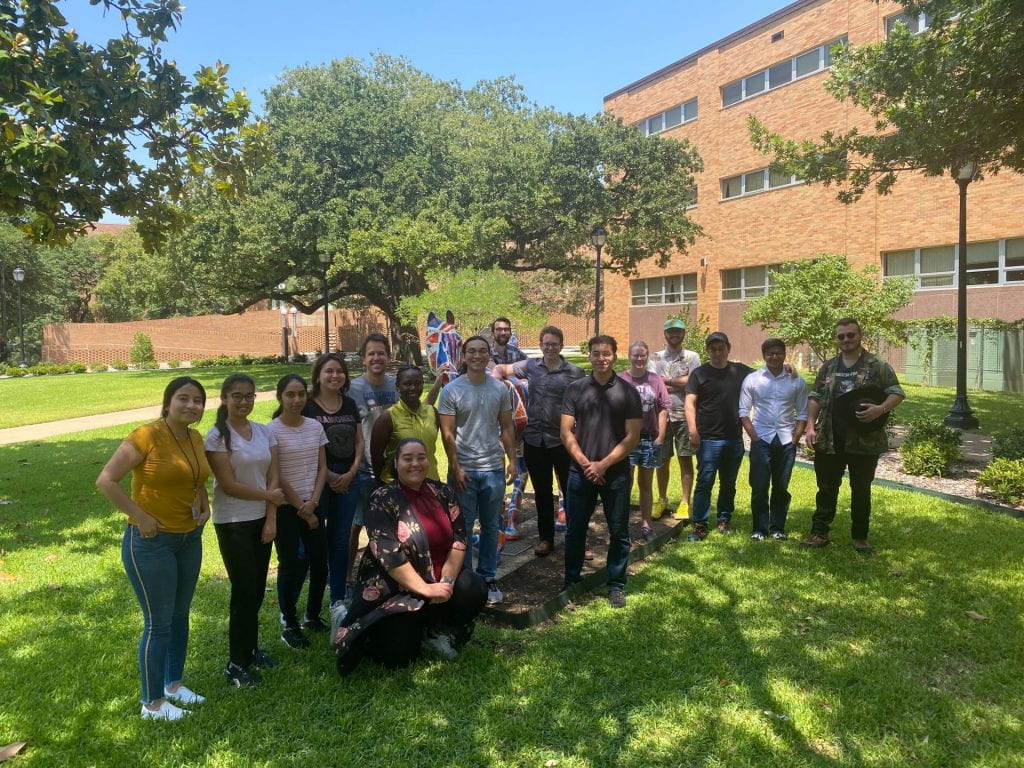
Eligibility and how to apply
Students who are eligible for this program are:
- Undergraduate students with a major in physics or a similar technical discipline.
- Applications from students of Minority Serving Institutions or Community Colleges in their junior year or above are especially encouraged to apply. Applications will be judged based on merit among the set that are received.
- Able to be present in person at UTA to work 40 paid hours per week on research during the Summer of 2025.
- Will be at least 18 years old as of 06/01/2025.
- No specific technical skills or past record of work are required. Enthusiasm to learn more about physics and the Universe we live in is our main criterion for selection.
Our Sponsors
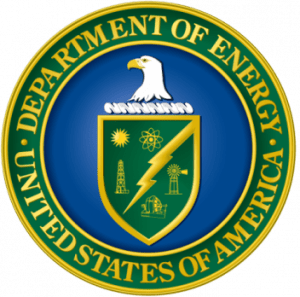
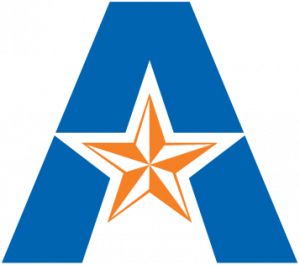
This program and the research of the UTA neutrinos and rare event searches group is supported by the Division of Nuclear Physics within the US Department of Energy Office of Science and by the University of Texas at Arlington